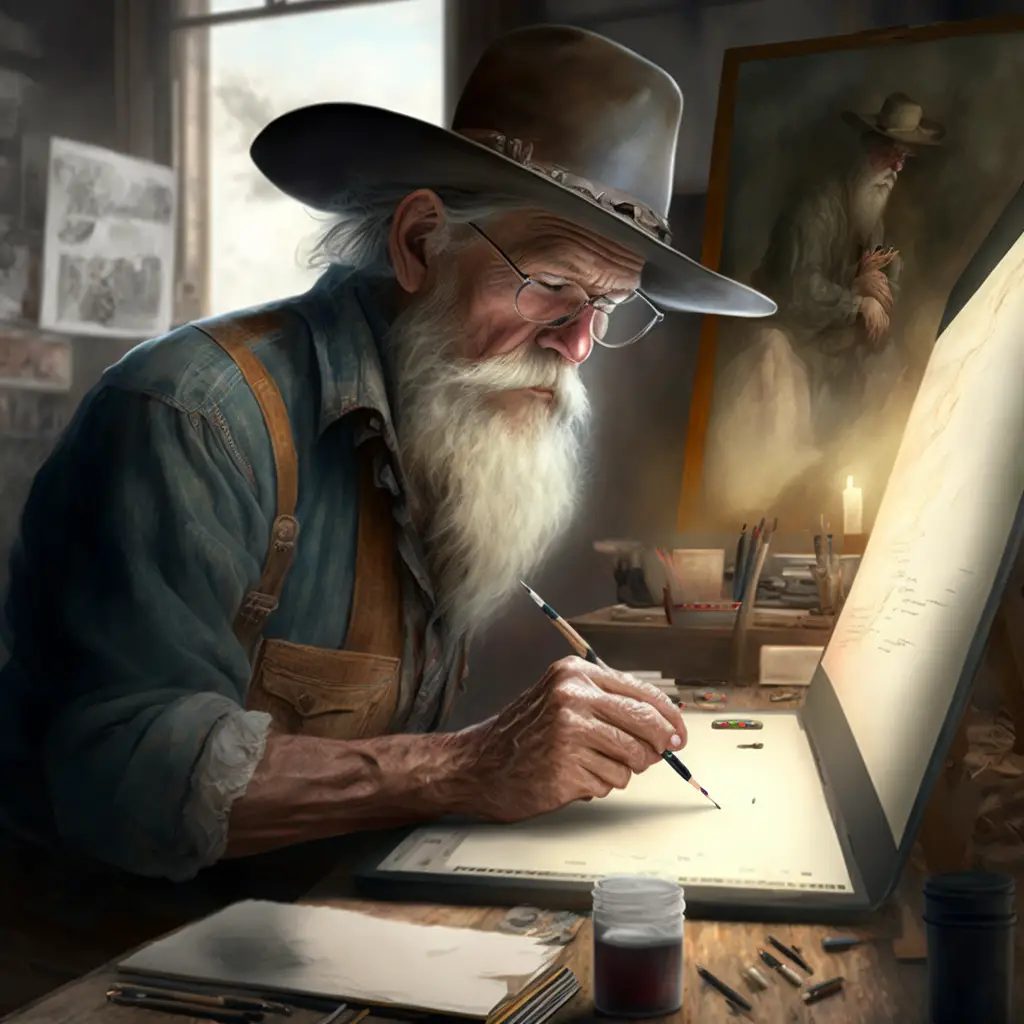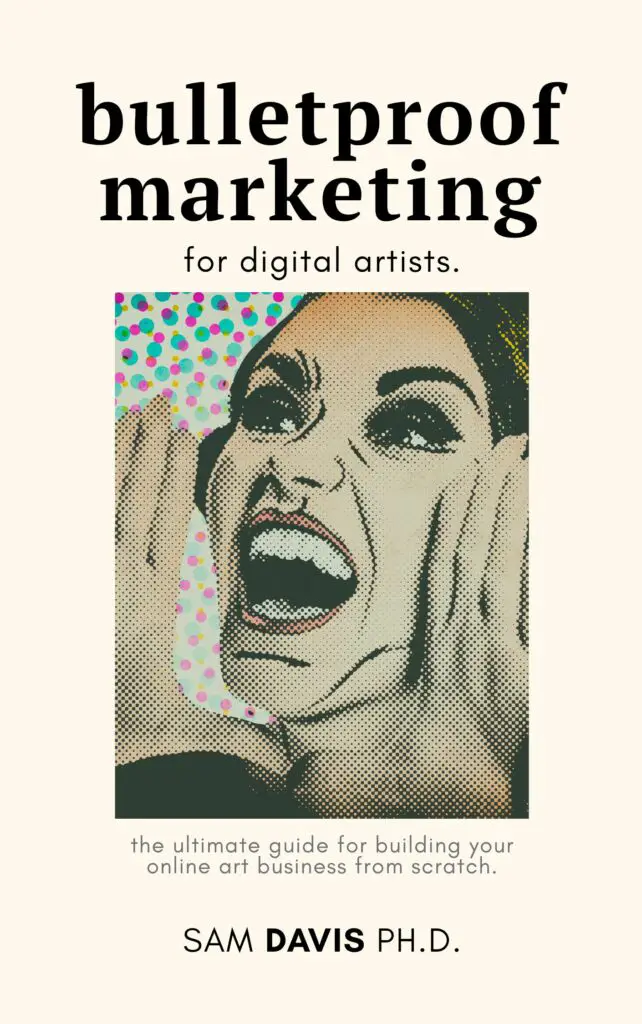Have you ever wanted to learn how to paint a still life? It can be a very rewarding experience, and it's not as difficult as you may think. In this step-by-step guide, we will walk you through the process of painting a beautiful still life. We'll provide tips and tricks along the way to help make the process easier for you. So grab your paints and brushes, and let's get started!
This guide is meant for still life painting in either physical or digital mediums. So do an oil painting if you prefer that, or watercolor if you want. It doesn't matter to us! The most important thing is for you to have fun with basic colors and shadows.

Step 1: Choose your objects and arrange them on a table or countertop
When it comes to painting a still life composition, the options are endless. You can choose to paint a simple arrangement of fruit, flowers, or everyday objects. Or you can create a more complex still life composition with multiple layers and perspectives.
Regardless of what you decide to paint, the first step is always the same: choose your objects and arrange them on a table or countertop. Once you have your subject matter selected, you can begin to experiment with composition and color.
For example, you might try placing a water jug or vase of flowers in front of a window, or grouping together different types of fruit. The possibilities are endless, so don't be afraid to get creative. With a little bit of planning and effort, you can create a beautiful still life that is truly one-of-a-kind, regardless of skill level.
Step 2: Decide on the composition of your painting – what will be the focal point, and what will be secondary or background elements
When deciding on the composition of your painting, it is important to consider what will be the focal point and what will be secondary or background elements. The focal point is the center of interest, and everything else in the painting should support it. The secondary elements should be subordinate to the focal point, and the background should be further away and less detailed.
Once you have decided on the composition, you can begin to sketch out your painting. Start with the basics – a few simple shapes to represent the main objects. Then add in the details, such as shading and highlights. Remember to keep the focus on the focal point, and don't get too bogged down in the details. With a little practice, you'll be painting beautiful still lifes in no time!
Remember, choosing your basic colours can really help you with your still life painting. From cadmium red to ultramarine blue and burnt sienna, picking the right basic colors can help guide your still life painting to the next level.
Step 3: Begin by painting the background – this can be a solid color or a gradient of colors
Before beginning any painting, it's important to choose the right subject. For a still life, look for objects with interesting shapes and textures. Try to arrange the objects in a pleasing composition, and consider the lighting conditions carefully. Once you're happy with your setup, it's time to start painting.
Many artists begin by painting the background. This can be a solid color or a gradient of colors, depending on the effect you're trying to achieve. Once the background is complete, you can start adding in the details of your subject matter. Work slowly and carefully, and don't be afraid to experiment with different techniques. With a little practice, you'll be able to paint a beautiful still life that captures all the nuance and detail of your chosen subject.
Step 4: Add in the main elements of your painting, starting with the largest and working your way down to the smallest
When you are starting a still life painting, it is helpful to think about the various elements that you want to include. The main elements of your painting should be the largest, and you can work your way down to smaller details as you progress. You will also want to consider the colors that you use, as well as the overall composition of your painting.
For instance, you may want to create a balance between light and dark colors, or you may want to use complementary colors to create a more striking effect. Once you have decided on the basic elements of your painting, you can begin adding in the details. Remember to take your time and be patient; a well-executed still life painting can be a real work of art.
Step 5: Use light and shadow to create depth and realism in your painting
When painting a still life, one of the most important things to consider is the use of light and shadow. By carefully positioning your light source, you can create shadows that add depth and realism to your painting.
For example, if you place a light source to the side of your still life, you will create shadows that give the illusion of objects being farther away from each other. You can also use light and shadow to create a sense of movement in your painting.
For instance, if you paint a vase with light coming from behind it, the shadow cast on the table will make it appear as if the vase is moving. By understanding how to use light and shadow, you can add a whole new level of dimension to your still life paintings.
Step 6: Finish up by adding any final details like highlights or shadows
After you have added all of the major details to your painting, it is time to add any final touches. This could include adding highlights to give objects a more realistic three-dimensional look, or adding shadows to create a sense of depth.
You may also want to add some smaller details like leaves or flower petals. Once you are satisfied with your painting, sign your name and date it so that you can remember when you completed it. And that's it! You have now successfully created a still life painting.
Final thoughts
So, there you have it – your very own guide to painting a beautiful still life. We hope you’ve found this tutorial helpful and that you enjoy creating still life paintings of your own, and not just from a reference image. Whether you're doing oil painting with thick paint or watercolors on a digital canvas, I'm sure your still life is a great work of art.
As always, if you have any questions or need help with anything, don’t hesitate to reach out to us. And be sure to share your paintings with us in the comments below – we can’t wait to see them!
